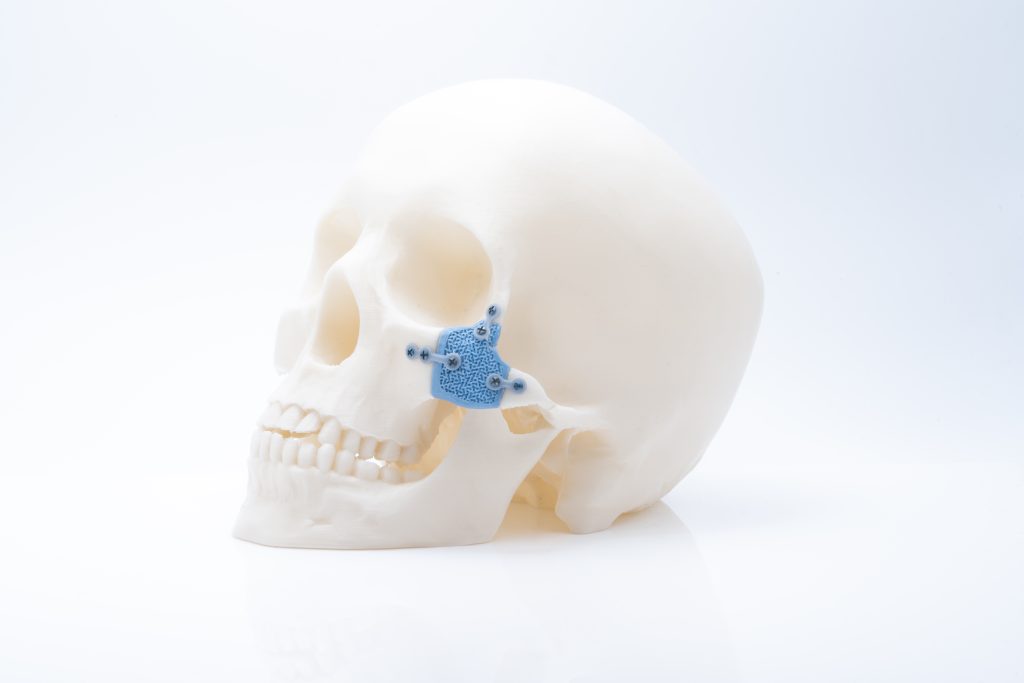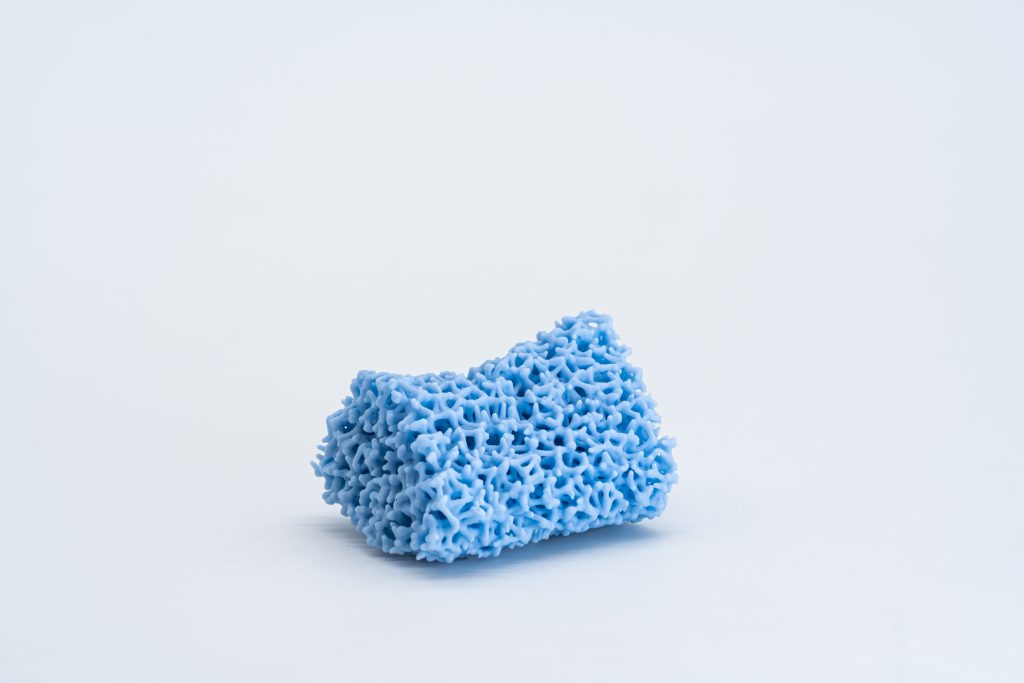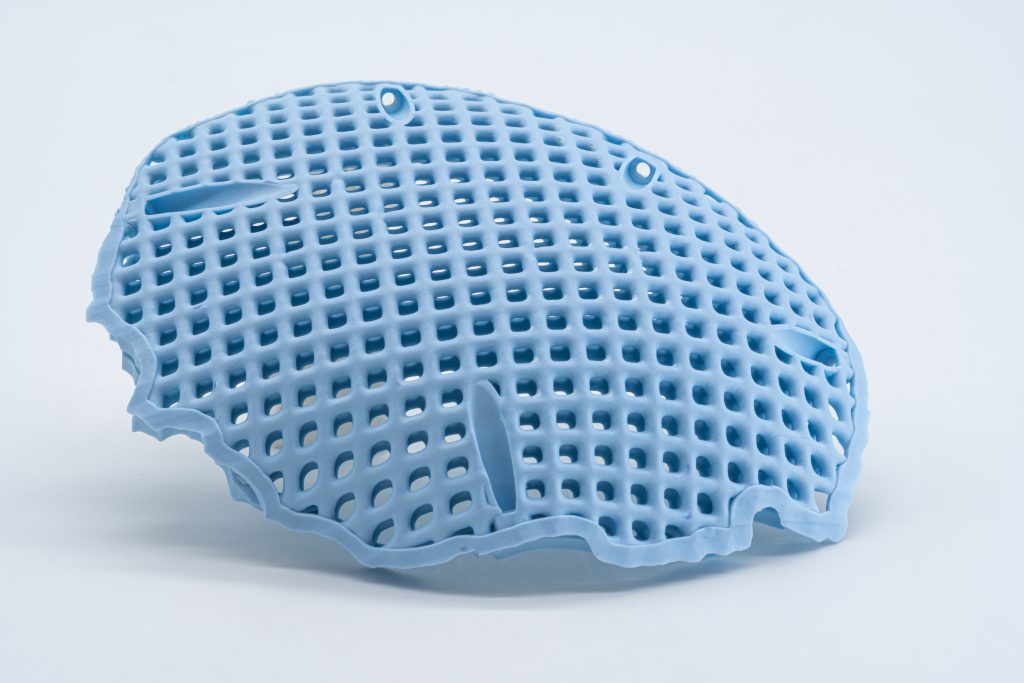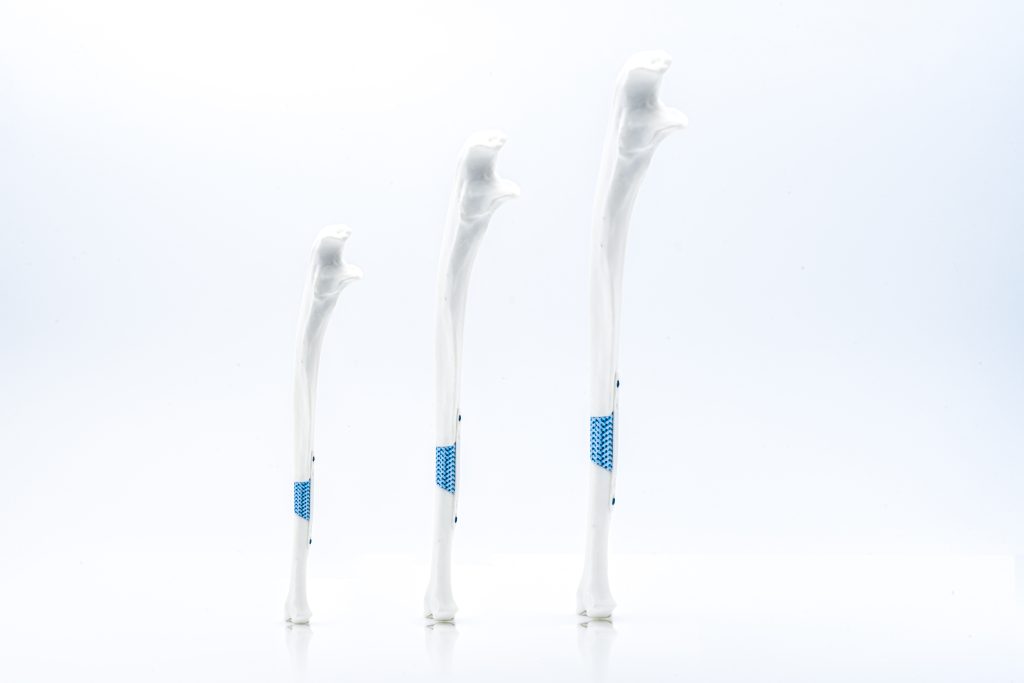High-performance 3D printed ceramics have the potential to unlock applications that no other material class can match. Johannes Homa and Daniel Bomze, respectively, CEO and Director of Medical Solutions at Lithoz, sat down with me recently to provide insight into this exciting additive manufacturing area.
Cracking the code on a market opportunity
In 3D printing, ceramics often get overlooked, placing third after metals and polymers as a material choice. Third place in terms of current use, yet 3D-printed ceramics have the potential to become abundant. Ceramics cover cement, concrete, glass, brick, and pottery as a material class. Cement alone is the second most used material in the world. So why are 3D-printed ceramics lagging? Lagging is the wrong word, or at least the wrong tense, especially when Lithoz can now talk about volumes in terms of millions, with one customer 3D printing over two million parts per annum. Historically through, cracking the code of producing ceramics additively has been challenging. Johannes Homa, CEO, Lithoz, explains, “you are always in a very harsh situation with ceramics. It doesn’t matter if you’re producing one or one thousand; there can be no compromise on material quality.” For a functional 3D printed ceramic, says Homa, “you need the material properties to match the end product.”
The most common ceramics use oxide materials, and the total market, while less than metals, can be quantified as in the billions of dollars range. Applications for high-performance 3D printed ceramics include machinery, electronics, space, and medicine.

I asked Homa why he believes the company is poised to capitalize on this relatively underdeveloped market opportunity. “We have the greatest installed base and the biggest market share – we have more than 50% market share. We are the technology and innovation leaders,” says the Lithoz CEO. “The only viable strategy in ceramics is to lead by quality and innovation,” says Homa. This approach is how Lithoz has grown to employ over 140 people worldwide. How will they maintain and extend this lead?
Ceramic 3D printing comes with its challenges: “Ceramics are a difficult material to work with, hardly any OEMs are doing it themselves. Contract manufacturers do most high-performance work,” says the Lithoz CEO, “one flaw in the part, and it is useless.” This difficulty explains why a substantial effort goes into material research and development. Materials must achieve a high final density to provide functional material properties. “It’s not like 98% density is 2% less quality,” says Homa, “it means a huge difference, maybe 50% less strength,” underlining this point.

Ceramic bone replacement materials
Turning to the materials produced by Lithoz, Daniel Bomze, Director of Medical Solutions, talks me through the futuristic-sounding world of bone replacement materials. In the medical world, a need to replace bone can arise in various situations, for example, head trauma with cerebral bleeding where bone cutting away bone is necessary. In this scenario, a standard procedure would be to use metal plate implants in the patient’s head. However, metal is such a good heat conductor that even a hot shower can be painful; even exposure to the sun has sometimes resulted in burns. If the surgery is on a child, you must replace the metal plate as the child grows, resulting in more traumatic operations. Replacing metal implants with a material that will be reabsorbed, allowing actual bone to regrow, appears advantageous.

Fortunately, metal plate implants are comparatively rare, especially in contrast to a more common trauma requiring medical intervention, tooth loss, and dental repair. Bomze outlines a scenario where a dental patient has a tooth removed, perhaps due to decay, and the procedure requires the removal of the root along with the tooth. Further repair with a crown would not be possible in this scenario, as no root exists to mount the crown. Bomze says that here, a strong case for bone augmentation exists and a substantive market opportunity with millions of surgical procedures taking place.
So how do Lithoz advanced ceramic materials work in similar scenarios outlined above? Essentially, Bomze says, Lithoz offers a “synthetic material that is chemically identical” to the patient’s bones. Over time, the implanted 3D printable material, or synthetic bone, dissolves and is replaced by the patient’s natural bone material. Crucially, Lithoz can work with critical-size bone defects.
Lithoz has been working with medical practitioners since 2017, “We are expecting to see a lot more discussion and reporting of longer-term outcomes in coming years,” says the Lithoz Director of Medical Solutions. The company has several bone replacement materials available; the most recent is Lithabone HA 480. Bomze explains, “surgeons and practitioners liked our HA 400 material for scaffolds but also wanted greatly improved wall thickness, excellent biocompatibility, and high flexibility in geometries”. After listening to customers, Lithoz developed Lithabone HA 480 to have a “broader window” of applications. These include the ability to 3D print “really large cranium replacement implants” and closed surfaces where soft materials can grow.

In case you were wondering, HA stands for Hydroxyapatite. “Chemically speaking, it’s exactly the same material you have in the mineral fraction of your bones,” says Bomze. For the end user, this means excellent biocompatibility and, crucially, osseoconductivity. “That means when bone grows into it, it will allow the bone to grow through its pores,” elaborates Bomze. During the healing process, “first of all, blood vessels will sprout into the pain point, and from those blood vessels the cells will migrate on to the actual implant, gradually the implant will dissolve, as new bone is deposited, eventually completely replacing the implants.”

Real-world applications for 3D printed ceramics
Using a 3D printable resorbable bone replacement material opens up a world of possibilities. Bomze details two concrete examples highlighting the practicalities and advantages of medical ceramics. He tells me to think about a cranial implant, for example, necessary after removing a tumor. It’s important to use “a material that shows good osseoconductive behavior and can be shaped in the shape of the defect (patient-specific) as well as with an interconnected pore network so that blood vessels can sprout inside, and bone will grow into the implant.” Furthermore, severe brain injuries can result in swelling of the brain from bleeding, tumors, or impeded drainage. Relief of the swelling necessitates, “temporarily opening the cranium to release the pressure. Afterward, the artificial defect needs to be treated with an implant. Also, such an implant is helpful in comminuted fractures of the cranium.”
Bomze highlights several advantages of LithaBone HA 480, including greatly improved wall thickness, “it can go up to 10-12 mm, allows for stronger materials and stability during healing”, excellent biocompatibility – “a basic requirement! Must not be toxic or cause inflammation” and finally, “High flexibility in geometries, users don’t want to be limited to one indication.”
Bone replacement for critical size defects in long bones is another application where 3D printing tackles a recurrent problem. “The challenge is to bridge a critical size defect in long bones, for example, legs or arms, which usually results from trauma,” says Bomze. “Critical-sized defects that heal on their own [can] lead to pseudarthrosis. Thus, a bone replacement implant is necessary. Here the focus is again on the patient-specific design and the open porous network of the scaffold. Another important possibility is to define the angle of the two bone ends, which are critical to reconstitute and fully function again,” explains the Lithoz Director of Medical Solutions.
3D printed ceramics have a bright future with many more exciting applications. You can read more about how Lithoz is pioneering the application of 3D printed ceramics here.

Subscribe to the 3D Printing Industry newsletter to ensure you keep up with the latest 3D printing news. You can also follow us on Twitter, like our Facebook page, and subscribe to the 3D Printing Industry Youtube channel to access more exclusive content.
Are you interested in working in the additive manufacturing industry? Visit 3D Printing Jobs to view a selection of available roles and kickstart your career.
Featured image shows a Zygomatic implant 3D printed in HA480. Photo via Lithoz.



